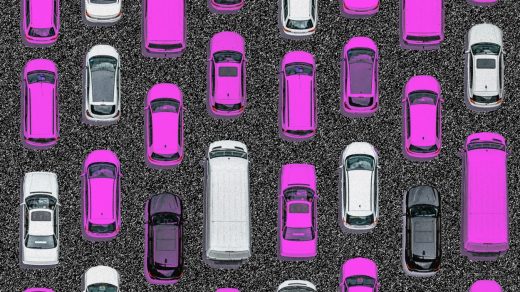Lyft is laying off 13% of workforce ahead of a ‘probable recession’
Lyft said Thursday it’s laying off 13% of its total workforce, which will impact all of its teams.
CEO Logan Green and President John Zimmer emailed employees with the news earlier in the day, inviting them to an all-hands meeting set for 2 p.m. EST to discuss the move that will affect hundreds of its 5,000-plus employees.
“We’re facing a probable recession sometime in the next year and rideshare insurance costs are going up,” the two executives said in the email. “We worked hard to bring down costs this summer: we slowed, then froze hiring; cut spending; and paused less-critical initiatives. Still, Lyft has to become leaner, which requires us to part with incredible team members.”
The layoffs are based on “deprioritized initiatives, an effort to reduce management layers, broader savings goals” and some “performance trajectory,” they said. The company will provide impacted workers 10 weeks of pay, recruiting assistance, healthcare coverage through April and accelerated equity vesting for the November 20 vesting date.
Lyft is also selling its first-party vehicle service business and expects those employees to be offered roles from the acquiring company.
A Lyft spokesperson stressed the company is not changing its previously issued guidance regarding its third quarter earnings. The company is set to report financial results Monday afternoon.
The move makes Lyft the latest among tech firms to tighten their belts and either cut staff or announce hiring freezes. Stripe, Opendoor, Zillow, Spotify, Netflix, and Shopify have all announced layoffs in the past year.
“We are not immune to the realities of inflation and a slowing economy. We need 2023 to be a period where we can better execute without having to change plans in response to external events — and the tough reality is that today’s actions set us up to do that,” Zimmer and Green said. “It’s our responsibility to take ownership of these decisions and, in the end, protect the future we’re building for the drivers and riders we serve.”
(15)



